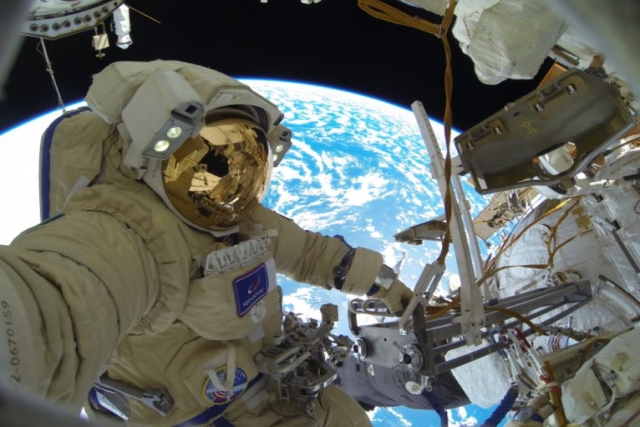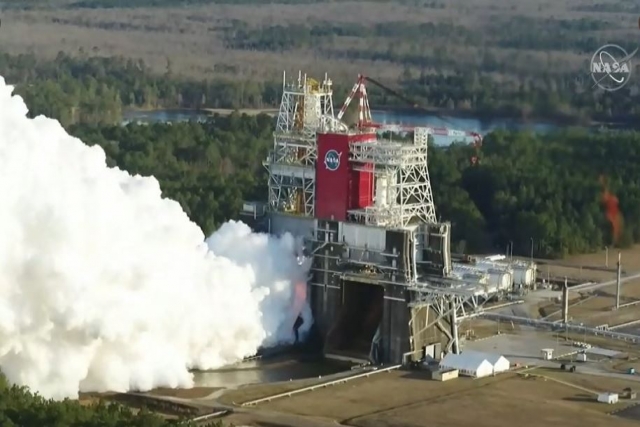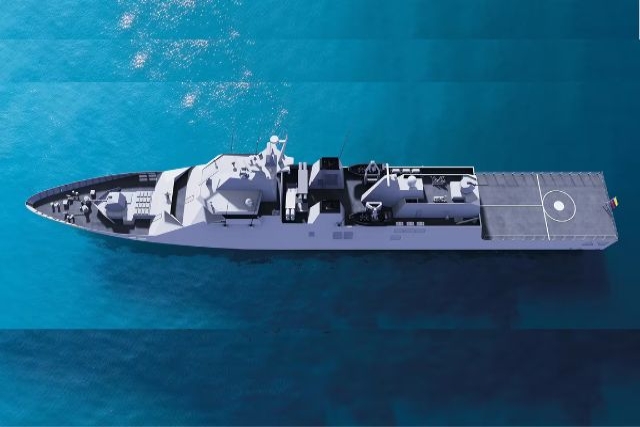NASA's Deep Space Atomic Clock Mission Completed

NASA’s Jet Propulsion Laboratory (JPL) Deep Space Atomic Clock (DSCA) mission, that aims to test the feasibility of using an onboard atomic clock to improve spacecraft navigation in deep space, has been completed.
The instrument is hosted on General Atomics-built Orbital Test Bed (OTB) spacecraft that was launched aboard the Department of Defense Space Test Program 2 mission June 25, 2019.
On September 18, 2021, the mission was successfully completed, NASA announced on October 5.
Currently, spacecraft rely on ground-based atomic clocks. To measure a spacecraft’s trajectory as it travels beyond the Moon, navigators use these timekeepers to precisely track when those signals are sent and received. Because navigators know that radio signals travel at the speed of light (about 186,000 miles per second, or 300,000 kilometers per second), they can use these time measurements to calculate the spacecraft’s exact distance, speed, and direction of travel.
But the farther a spacecraft is from Earth, the longer it takes to send and receive signals – from several minutes to a few hours – significantly delaying these calculations. With an onboard atomic clock paired with a navigation system, the spacecraft could immediately calculate where it is and where it is going.
The Deep Space Atomic Clock is an ultra-precise, mercury-ion atomic clock encased in a small box that measures about 10 inches (25 centimeters) on each side – roughly the size of a toaster. Designed to survive the rigors of launch and the cold, high-radiation environment of space without its timekeeping performance degrading, the Deep Space Atomic Clock was a technology demonstration intended to carry out technological firsts and fill critical knowledge gaps.
Since the start of the DSAC mission, the satellite completed more than 12,000 orbits around the earth totaling more than 525,000,000 miles.
The data from the trailblazing instrument will help develop Deep Space Atomic Clock-2, a tech demo that will travel to Venus aboard NASA’s Venus Emissivity, Radio Science, InSAR, Topography & Spectroscopy (VERITAS) spacecraft when it launches by 2028. This will be the first test for an atomic clock in deep space and a monumental advancement for increased spacecraft autonomy.
"The Deep Space Atomic Clock succeeded in this goal,” said JPL’s Eric Burt, an atomic clock physicist for the mission. “We have achieved a new record for long-term atomic clock stability in space – more than an order of magnitude better than GPS atomic clocks. This means that we now have the stability to allow for more autonomy in deep space missions and potentially make GPS satellites less dependent on twice-daily updates if they carried our instrument.”













